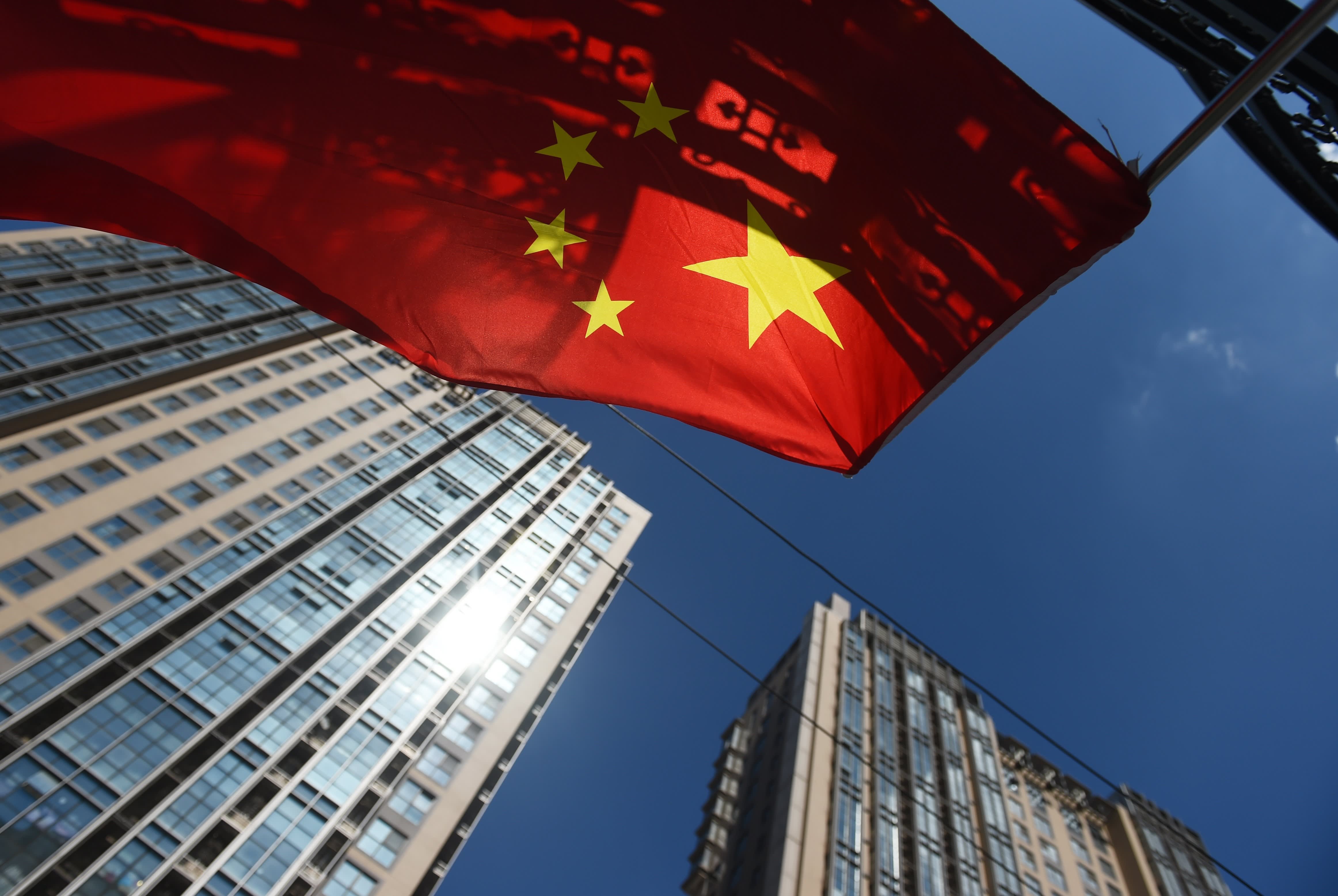
China’s economy was on the verge of deflation in June, as its producer price index (PPI) plummeted at its fastest rate in almost seven years. The consumer price index (CPI) was steady year on year, compared to a 0.2% increase in May. Deflation is defined as a widespread decrease in the cost of goods and services; yet, experts feel it can exacerbate recessions.
The deepening factory-gate price deflation and the first fall of consumer prices into deflation since February 2021 augur ill for China’s economic growth.
China’s post-pandemic rebound has slowed from a quick start in the first quarter, with demand for industrial and consumer goods declining, increasing fears about the world’s second-largest economy’s health.
What is deflation?
Deflation occurs when the prices of products and services fall across the entire economy, improving consumers’ purchasing power. It is the inverse of inflation and can be regarded as harmful for a country because it might signify an economic downturn, leading to a recession or depression.
“We think the more challenging deflation environment and a sharp slowdown in growth momentum support our view that the PBOC has entered a rate-cutting cycle,” said economists at Barclays in a research note.
The yuan fell and Asian stocks fell as a result of lower-than-expected inflation figures
The producer pricing index (PPI) decreased for the ninth month in a row in June, down 5.4% year on year, according to the National Bureau of Statistics (NBS) on Monday, the largest drop since December 2015. This compares to a 4.6% dip the previous month and a 5.0% drop predicted by analysts polled by Reuters.
The consumer price index (CPI) remained unchanged year on year, compared to a 0.2% increase in May, owing to a faster reduction in pork prices. This fell short of expectations for a 0.2% increase and was the smallest pace since February 2021.
Nomura forecasts consumer prices to fall 0.5% year on year in July, even if service inflation rises as a result of the summer vacation season.
The yuan fell and Asian stocks fell as a result of lower-than-expected inflation figures.
“We expect headline inflation to rise to around 1% by the end of this year. But this would still be soft and won’t constrain the PBOC’s ability to loosen policy further,” said economists at Capital Economics.
“That said, with credit demand weak, and the currency under pressure, we think the bulk of support will come through fiscal policy. We expect only another 10 basis points of policy rate cuts this year.”
Beijing has set a 3% average consumer inflation target for 2023. In 2022, prices increased by 2% year on year.
China reduced policy rates last month to increase liquidity and promised to take steps to support family demand.
Energy, metals, and chemicals saw the greatest year-on-year drops in producer prices as domestic and overseas demand declined.
“The accelerating decline in PPI reflects the still weak real estate and construction sector as well as the strength of industrial production,” said Bruce Pang, chief economist at Jones Lang Lasalle.
“However, the year-on-year decline in the PPI is likely to have bottomed out and is expected to narrow gradually in the second half of the year,” said Pang.
China’s central bank is likely to cut lending rates further
According to Hu Yuexiao, an analyst at Shanghai Securities, China’s central bank is anticipated to lower lending rates even further in the second half, with decreases in the reserve requirements ratio and interest rates.
However, experts believe that tiny rate decreases will have little influence on credit demand as people and firms improve their balance sheets and repay debts, requiring Beijing to rely on fiscal stimulus and other ways to stimulate demand.






